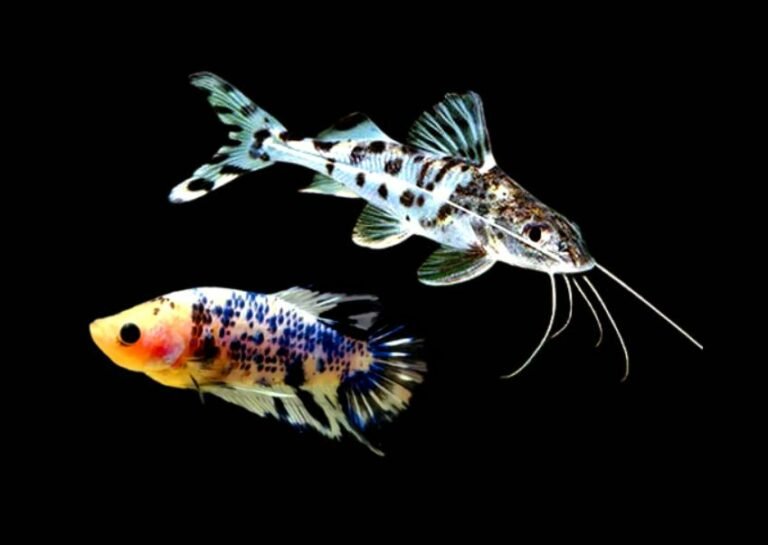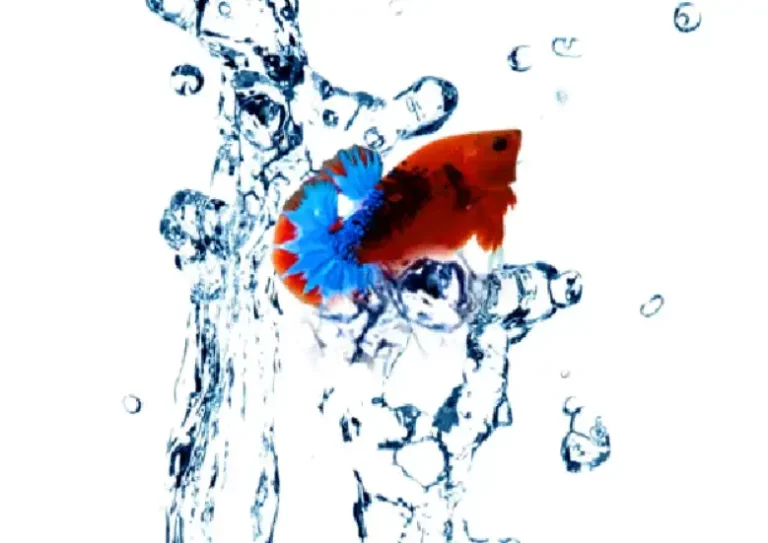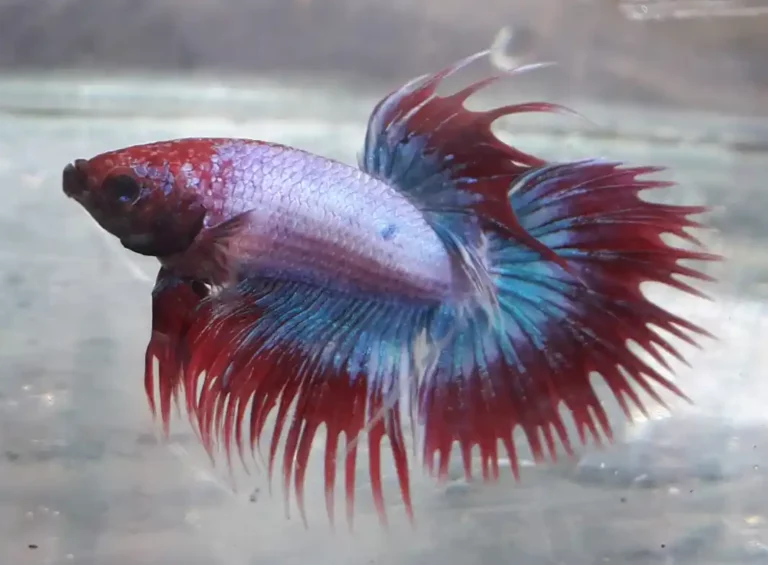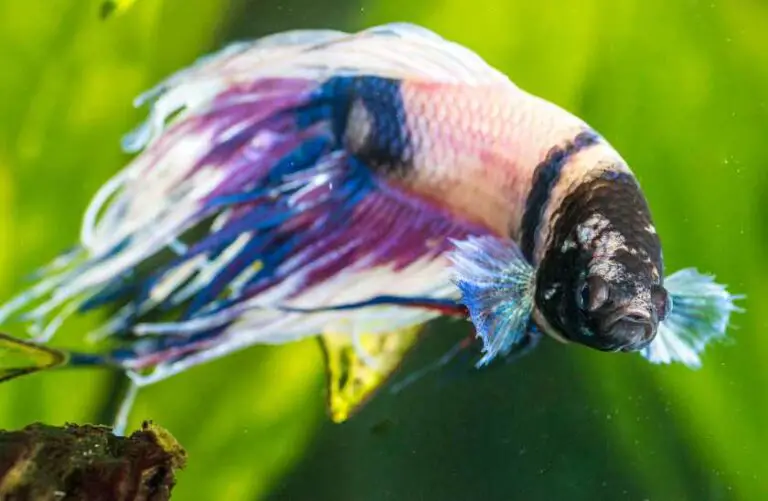What are the common Betta Fish Diseases?
When observing your aquarium, you must be aware of common symptoms of freshwater fish diseases, such as abnormal swimming behavior, discoloration of the skin or fins, and visible parasites or fungus growth.
If you notice these symptoms, your betta fish is likely suffering from a common freshwater fish disease. To properly diagnose the problem and provide appropriate treatment, it is recommended to consult a veterinarian specializing in fish or a knowledgeable aquarist.
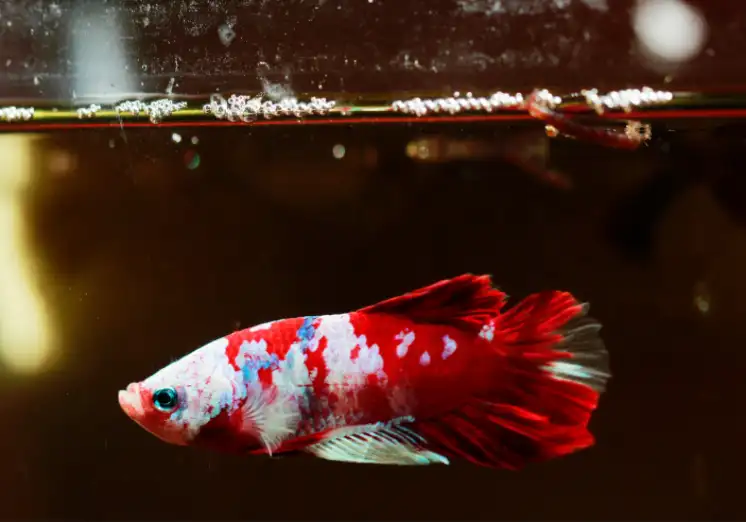
Additionally, maintaining good water quality and regularly monitoring the tank’s environment can help prevent the outbreak of fish diseases.
Table of Contents
- 01. Bacterial Infections Betta fish
- 02. Dropsy Disease
- 03. Fungus Diseases
- 04. Ich / White Spot Diseases
- 05. Lymphocystis Diseases
- 06. Betta fish Pop-eye Diseases
01. Bacterial Infections Betta fish
Bacterial infections are common in Betta fish and can be caused by various pathogenic bacteria, including Vibrio, Pseudomonas, and Aeromonas. These pathogens can lead to cloudy eyes, bloody patches, frayed fins, and scratching.
However, it can be challenging to determine the specific pathogen responsible for the infection based on symptoms alone. Additionally, betta fish with internal bacterial infections may not exhibit any external signs except a lack of appetite and possibly a swollen abdomen.
When you diagnose and treat bacterial infections, it is recommended to consult a veterinarian specializing in betta fish or a knowledgeable aquarist.
Regular water changes and monitoring water quality can help prevent bacterial infections, and good quality fish food with proper nutrition can help boost the fish’s immunity.
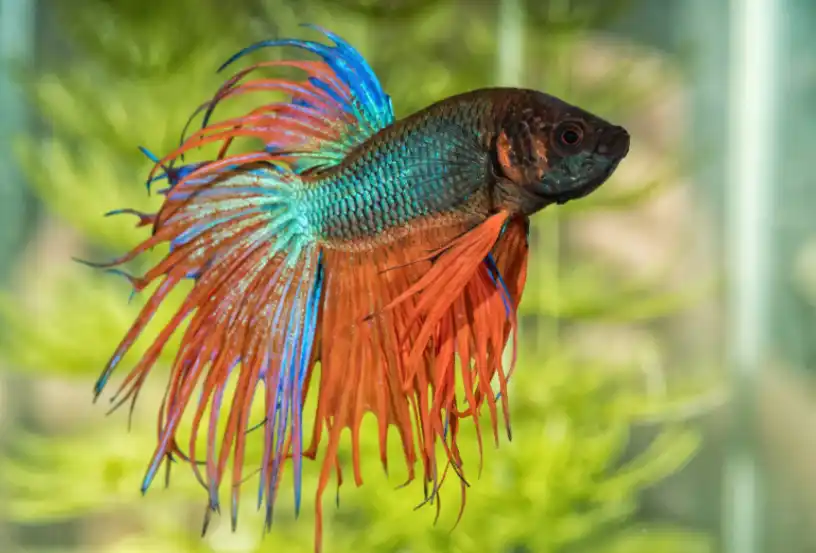
Bacterial infections are highly contagious and can quickly spread among fish in an aquarium. As such, it is common for all fish in the tank to be affected to varying degrees, and the entire aquarium may need to be treated.
However, if only one fish appears to be infected and the infected fish is moved to a quarantine aquarium as soon as possible, it may be possible to avoid treating the display aquarium. Over the past 15 years, various medications have been used with varying degrees of success in treating bacterial infections in Betta fish.
Tetracycline is one of the most effective treatment options for infections caused by Vibrio and Aeromonas. However, it is essential to note that other antibiotics are also available and may be more appropriate depending on the specific pathogen and the fish species.
Following the manufacturer’s instructions and removing activated carbon from the filter is crucial before treating the aquarium. Additionally, medicated foods can be an alternative treatment option if the fish eat well.
The below medications are used to treat various bacterial and parasitic infections.
| Medicine Name | Active Ingredient |
| Tetracycline | Tetracycline Hydrochloride |
| Kanamycin | Kanamycin Sulfate |
| Neomycin | Neomycin Sulfate |
| Nitrofurazone | Nitrofurazone |
| Oxolinic acid | Oxolinic acid |
| Metronidazole | Metronidazole |
02. Dropsy Disease
Dropsy is a symptom of a deteriorating health condition in Betta fish and is characterized by visible swelling and protruding scales. This is caused by the fish’s inability to regulate the amount of fluid in one or more parts of its body.
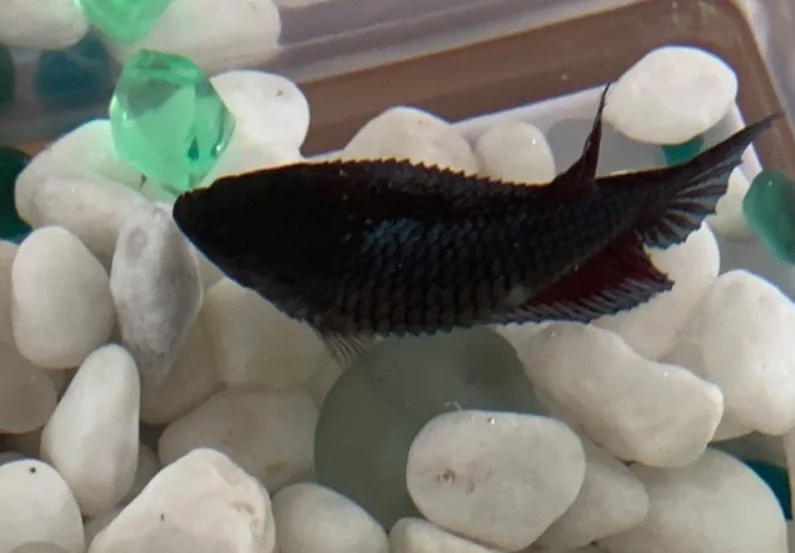
The most commonly affected area is the abdomen, specifically the visceral cavity, which houses many organs such as the stomach, intestines, gallbladder, and kidneys.
As you know, Dropsy is not a specific disease but a symptom of an underlying condition. The underlying conditions that can lead to Dropsy include poor water quality, stress, internal bacterial infections, parasites, viruses, and tumors.
But it is important to note that early diagnosis and treatment of the underlying condition are crucial in preventing the development of Dropsy. Regular water changes, monitoring water quality, and providing a healthy diet can help prevent the development of Dropsy.
Dropsy, characterized by visible swelling and protruding scales, is a symptom of a deteriorating health condition in your betta fish and is relatively easy to diagnose. However, determining the underlying cause of Dropsy can be more challenging. The primary cause of Dropsy is usually attributed to bacterial infection.
Keep in your mind; other factors such as poor water quality, stress, parasites, viruses, and tumors can also lead to the development of Dropsy. The causative agent can be introduced to the aquarium through food, poor water quality, or by introducing other fish to an established aquarium.
Although Dropsy is not highly contagious, removing the affected fish and placing it in a quarantine aquarium is essential to prevent the spread of the condition and minimize stress among the other fish. Currently, no medications can effectively cure Betta fish with Dropsy.
However, administering a wide-spectrum antibiotic in the early stages of the condition and adding Epsom salt to the aquarium (20 milligrams per liter or 75.2 milligrams per gallon) can help the affected fish expel unnecessary fluids from its body.
Always remember that it is essential to consult a veterinarian specializing in Betta fish or a knowledgeable aquarist before administering any medication.
03. Fungus Diseases
Ichthyophonus is a fungal disease that can affect Betta fish, although it is more commonly associated with marine fish. Fish infected with Ichthyophonus fungi may exhibit symptoms such as lethargy and loss of equilibrium.
The brain may also be severely affected, leading to additional symptoms such as staggered movements.
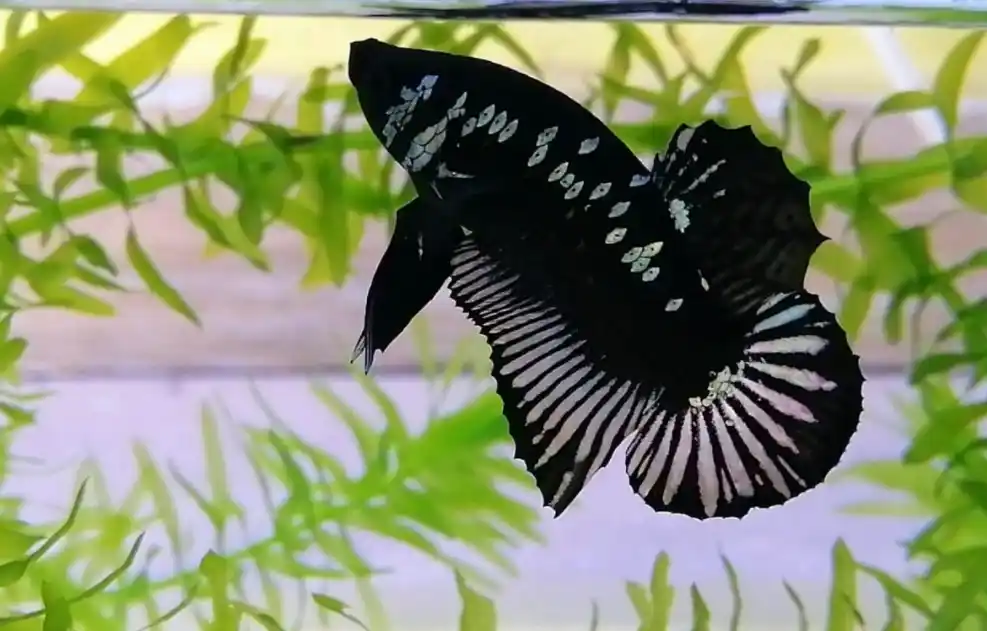
Unfortunately, as far as current knowledge goes, there is no definitive treatment for Ichthyophonus fungal infections. However, some antifungal agents, such as fluconazole, may effectively treat the disease. Fluconazole should be administered at six mg/L (22.6 milligrams per gallon) daily for five consecutive days.
However, it is essential to note that the effectiveness of fluconazole on Ichthyophonus fungi is still inconclusive, and more research is needed.
If there is no improvement over two weeks, it may be necessary to consider euthanasia as a humane option to prevent further suffering. It is recommended to consult a veterinarian specializing in Betta fish or a knowledgeable aquarist before administering any medication.
Here is a list of some common types of fungus that betta fish can be infected with:
Saprolegnia: This type of water mold can infect the skin and fins of betta fish. It is usually associated with poor water quality and can cause a cottony growth on the fish’s skin.
Achlya: This type of water mold can infect betta fish’s fins, skin, and gills. It can cause discoloration and fraying of the fins, leading to serious health issues if left untreated.
Fusarium: This fungus can infect betta fish’s skin, fins, and eyes. Left untreated can cause inflammation and discoloration and lead to serious health issues.
Columnaris: This is a type of bacterial infection that can cause the development of white, cottony growths on the skin and fins of betta fish. It can also cause discoloration and inflammation of the skin and fins.
Ichthyophonus: This type of fungus can infect the brain and other internal organs of betta fish, and it can cause lethargy and loss of equilibrium
04. Ich / White Spot Diseases
Freshwater ich (Ichthyophthirius multifiliis) is a common parasitic infection in Betta fish, characterized by small white spots, also known as trophonts, on the fish’s body.
These spots are thickened masses of protective mucus that have covered the attacking protozoan in an attempt to expel it. Other symptoms of Ich include rapid breathing, cloudy eyes, and the possible deterioration of fins and flashing.
The ich life cycle includes a host organism and the environment, going through several stages. The trophont is the encysted feeding stage of the parasite, which enlarges, breaks through the fish’s epithelium, and eventually settles on the bottom of the aquarium.
When on the bottom of the aquarium, the organism, now referred to as a tomont, begins to undergo mitosis (cell division) and produces hundreds of ciliated theronts.
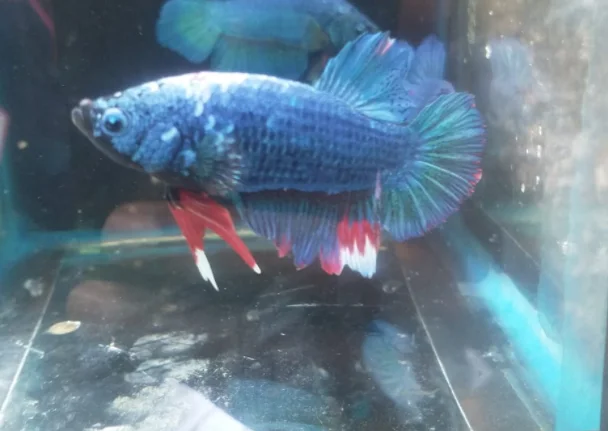
If the theronts encounter a host fish, they attach, penetrate, and enlarge, making them visible to the aquarist as white spots.
It’s important to note that Ich is contagious and can quickly spread among fish in an aquarium.
As you know, Regular water changes, monitoring water quality, and quarantining new fish can help prevent the Ich outbreak.
Ichthyophthirius multifiliis (Ich) is a common parasitic infection in Betta fish, characterized by small white spots, also known as trophonts, on the fish’s body. In the past, one method to treat Ich was by increasing the water temperature.
Ich thrives in a temperature range of 70 to 75 degrees Fahrenheit. The treatment involves slowly increasing the water temperature to approximately 86 to 88 degrees Fahrenheit over several days and maintaining it at this elevated temperature for about ten days.
The elevated water temperature is usually enough to kill the heat-sensitive theronts, as the parasite can’t tolerate temperatures above 84 degrees Fahrenheit.
However, it’s important to note that increasing water temperature can lower the dissolved oxygen levels in the water, and additional aeration is needed to provide enough oxygen to the Betta fish.
If you don’t want to subject the entire display aquarium to elevated water temperatures, move the fish to a quarantine aquarium for treatment. After all fish (the host animals) are removed from the display aquarium, the theronts will eventually die due to lacking a host.
Other treatment options include medication such as malachite green, formaldehyde, and other products available at pet stores. These medications prevent the motile trophonts from reinfecting the fish but don’t penetrate and kill the trophonts.
Ultraviolet sterilization can also be used successfully in controlling Ich in its free-swimming stage; however, a UV sterilization unit is more expensive.
It is essential to consult a veterinarian specializing in Betta fish or a knowledgeable aquarist before administering any medication or making any changes to the aquarium.
05. Lymphocystis Diseases
Lymphocystis is a viral infection that causes growths resembling raspberries on fish’s skin. A virus causes these tumors, and in some cases, a variety of environmental factors, such as poor water quality, stress, and poor nutrition, can contribute to the development this condition.
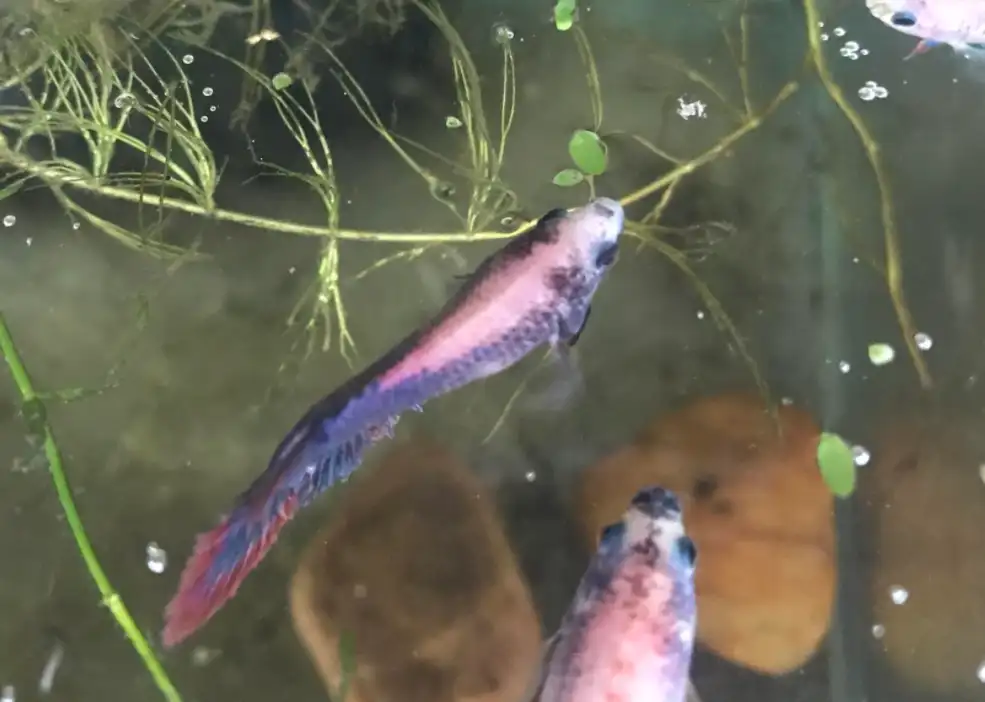
Lymphocystis can be inherited by the parent Betta fish or transmitted to other fish through abrasions on the skin.
Although Lymphocystis is generally not fatal, it can cause discomfort and affect the fish’s quality of life. Some hobbyists have had limited success surgically removing the tumors and swabbing the area with an iodine preparation.
However, there is no guarantee that the tumors will not grow back. Other methods that have been used to treat Lymphocystis include the use of antiviral drugs and immune-boosting agents.
Lymphocystis can be challenging to treat, and it’s necessary to prevent secondary infections. It is essential to consult a veterinarian specializing in Betta fish or a knowledgeable aquarist before trying any treatment. Regular water changes and monitoring water quality can help prevent the development of Lymphocystis.
06. Betta fish Pop-eye Diseases
Pop-eye, also known as exophthalmia, is a condition characterized by the protrusion of one or both eyes from the socket, which may appear inflamed.
tiny fish tank
Various infections, including bacterial septicemia, tuberculosis, parasites, or oxygen supersaturation of the water, can be the cause of Betta fish Pop-eye disease.
Oxygen supersaturation occurs when the pressure of oxygen in the water is higher than in the surrounding atmosphere. This difference in pressure causes the oxygen to rapidly come out of the fish’s bloodstream and form gas bubbles.
This can cause damage to the fish’s eyes and other organs, and it can lead to the development of Pop-eye. Other causes of Pop-eye can include physical trauma, poor water quality, high levels of dissolved gases, and high water temperature.
It is essential to consult a veterinarian specializing in fish or a knowledgeable aquarist to diagnose and treat the underlying cause of Pop-eye, as it can lead to serious complications if left untreated.

